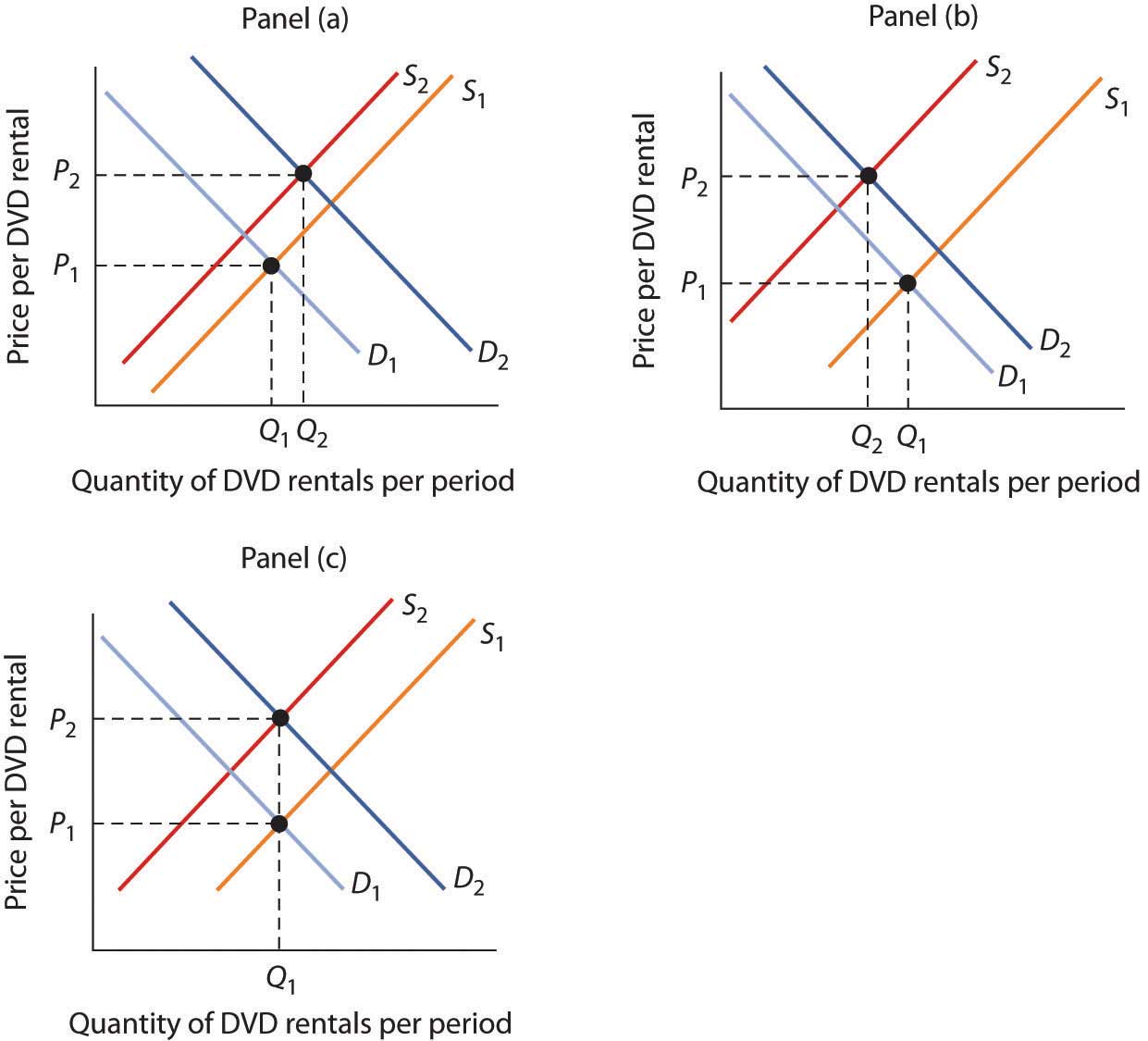
There are assumed to be no externalities, that is no external costs or benefits to third parties not invlolved in the transaction.There is no need for government regulation, except to make markets more competitive.This is a result of having no barreirs to entry. There are very many firms in the market - too many to measure.Neither will the rational producer lower price below the market price given that it can sell all it produces at the market price. The single firm will not increase its price independently given that it will not sell any goods at all. The single firm is said to be a price taker, taking its price from the whole industry. No single firm can influence the market price, or market conditions.Each unit of input, such as units of labour, are also homogeneous.Firms produce homogeneous, identical, units of output that are not branded.There are no barriers to entry into or exit out of the market.Given that producers and consumers have perfect knowledge, it is assumed that they make rational decisions to maximise their self interest - consumers look to maximise their utility, and producers look to maximise their profits.Knowledge is freely available to all participants, which means that risk-taking is minimal and the role of the entrepreneur is limited.

There is perfect knowledge, with no information failure or time lags in the flow of information.Perfectly competitive markets exhibit the following characteristics: Neo-classical economists argued that perfect competition would produce the best possible outcomes for consumers, and society.

A perfectly competitive market is a hypothetical market where competition is at its greatest possible level.


 0 kommentar(er)
0 kommentar(er)
